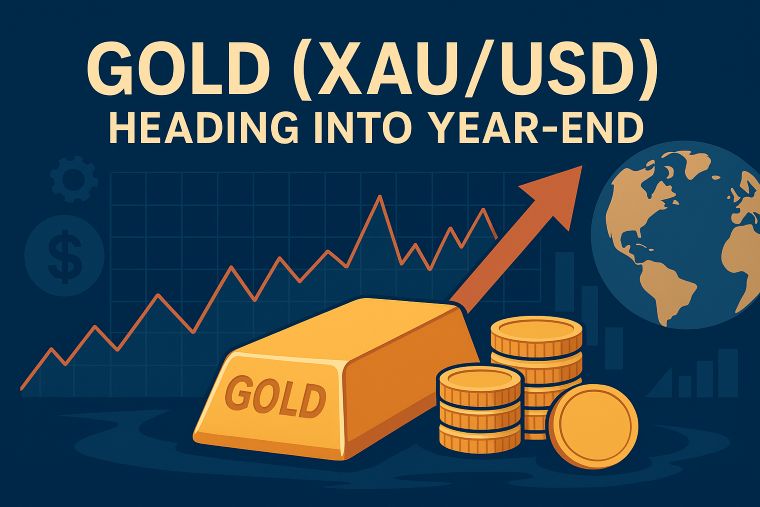3 min to read
USDJPY exchange rate experienced a subdued performance
hovering around the 145 yen mark.

“The USD/JPY exchange rate demonstrated a muted performance, oscillating around the 145 yen threshold”
The trading day commenced with a notable upsurge in demand for the US dollar, briefly propelling the USD/JPY pairing into the realm of 147 yen. Notably, this upward movement was influenced by month-end flows. However, the release of crucial US economic indicators later in the day significantly fell short of market anticipations, culminating in a substantial reduction in US bond yields. Consequently, this prompted a resurgence of the yen against the dollar.
Specifically, the reports for July’s US job openings and August’s Consumer Confidence Index were starkly below forecasts. The figure for US job openings, at 8.827 million, starkly contrasted with the projected 9.5 million, marking its lowest point in approximately two years. This glaring disparity underscores a perceptible cooling in the labor market, providing fresh evidence of waning labor demand. In contrast, the quit rate plummeted to 2.3%, its lowest level since 2021, indicative of a diminished confidence among US workers regarding their prospects for securing new employment opportunities.
During the recent Jackson Hole symposium, Federal Reserve Chair Powell alluded to a judicious approach regarding potential interest rate hikes, although the possibility of such hikes was not entirely off the table. However, the economic indicators unveiled today seem to lend credence to the prevailing market sentiment that the Fed’s initiative to raise rates may be approaching a pause.
The EUR/USD pairing initially dipped into the 1.07-dollar territory but later rebounded to the higher 1.08-dollar range following the release of the disappointing US economic indicators. On the same day, Germany unveiled its Consumer Confidence Index, revealing a tepid outlook during the early hours and instigating initial selling pressure.
Despite being the Eurozone’s economic heavyweight, Germany is increasingly becoming a liability rather than an engine for the region’s economy. Germany’s GfK Consumer Confidence Index recently reached its lowest point since May. Predominant concerns revolve around elevated inflation levels and the looming specter of increased unemployment.
Looking ahead, tomorrow will see the release of the preliminary August figures for Germany’s Consumer Price Index (HICP), with a projected deceleration in year-on-year growth to 6.3%. This figure surpasses the Eurozone’s overall inflation rate. The European Central Bank (ECB) has committed to restoring inflation to its 2% target, but there remains an air of uncertainty regarding whether the ECB will proceed with additional rate hikes during its upcoming meeting or opt for a temporary pause to assess the economic situation. With Germany’s economy not operating at peak efficiency, a hike in interest rates could potentially heighten the risk of an economic downturn.
In the New York trading session, the GBP/USD pairing experienced an upswing, reclaiming the mid-1.26-dollar range. This momentum carried over from the previous day when the UK market was closed. The current week exhibits relative tranquility in terms of UK economic indicators, with today’s release of the British Retail Consortium’s shop price index revealing an 11.5% increase in food prices, marking their lowest point since the preceding year.
The forthcoming week will bring forth housing-related indicators, including mortgage approvals and house price indices. There’s a prevailing likelihood of the housing market continuing its bearish trend over the past few months. Nonetheless, for the Bank of England to take action, clear signals pertaining to personal consumption, overall demand, and inflation need to emerge.
Visit XM Official Website.

